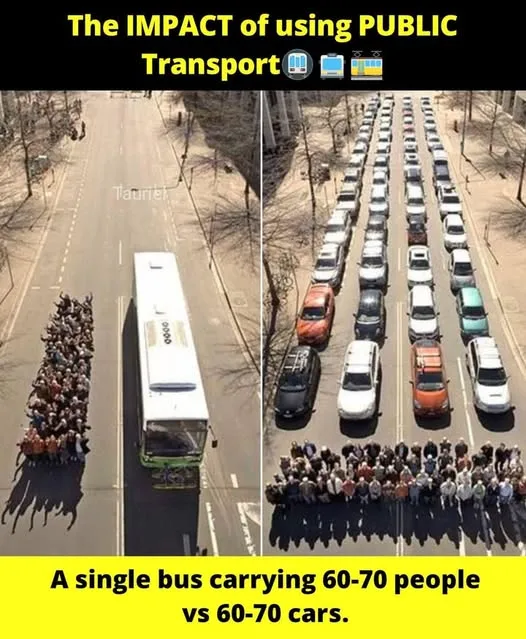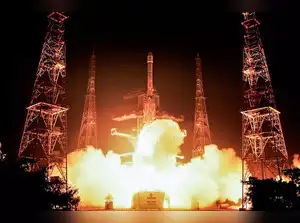Think Twice Before Driving in Congested Areas: Save Time, Stress, and the Planet
Navigating congested urban streets can feel like a test of patience, time, and sanity. Before you jump into your car for that trip through heavy traffic, consider the impacts—not just on your schedule but also on your well-being and the environment. Here’s why rethinking your drive in busy areas is a smart move, backed by data and practical alternatives.
The Cost of Congestion
Driving in congested areas takes a toll in multiple ways:
Time Wasted: Traffic jams eat up precious hours. In 2022, the average U.S. driver lost 51 hours to congestion, according to INRIX, with cities like New York (105 hours), Los Angeles (95 hours), and London (156 hours) faring worse. That’s time you could spend with family, working, or relaxing.
Stress and Health: Sitting in gridlock spikes stress levels, raising cortisol and blood pressure. A 2019 study in Frontiers in Psychology linked traffic congestion to increased anxiety and aggression, while prolonged exposure to exhaust fumes in heavy traffic can harm respiratory health.
Environmental Impact: Idling in traffic burns fuel inefficiently, increasing emissions. The EPA notes that vehicles in stop-and-go conditions emit up to 40% more CO2 per mile than in free-flowing traffic. In 2020, transportation accounted for 27% of U.S. greenhouse gas emissions, with congestion exacerbating the problem.
Financial Hit: Congestion costs money—fuel, vehicle wear, and lost productivity. INRIX estimated that U.S. drivers lost $81 billion in 2022 due to traffic delays, averaging $1,377 per driver in major cities.

Alternatives to Driving in Congestion
Before braving a crowded commute, explore these options to save time, reduce stress, and lighten your environmental footprint:
Public Transit: Buses, trains, or subways often bypass traffic via dedicated lanes or tracks. For example, a subway ride in New York can cut travel time by 30–50% compared to driving in peak hours. Apps like Citymapper or Google Maps can optimize routes.
Cycling or E-Bikes: For shorter trips, bikes or e-bikes are faster in dense areas. A 2021 study in Transport Reviews found cycling can be up to 2x faster than driving in cities like Amsterdam during rush hour. Plus, it’s zero-emission and boosts fitness.
Walking: For distances under 2 miles, walking is often competitive with driving in congested areas, avoiding parking hassles. It’s free, eco-friendly, and good for your health.
Carpooling or Ridesharing: Sharing rides reduces the number of cars on the road. Apps like Waze Carpool or UberPool can cut costs and emissions by 20–40% per trip, per EPA estimates.
Flexible Timing: If driving is unavoidable, travel during off-peak hours (e.g., before 7 AM or after 8 PM). INRIX data shows congestion peaks between 4–6 PM, so shifting your schedule can save significant time.
Work from Home: If possible, telecommuting eliminates the commute entirely. A 2023 Stanford study found remote work reduced vehicle miles traveled by 10–15% for hybrid workers.
Practical Tips for Smarter Travel
If you must drive, optimize your experience:
Use real-time traffic apps (e.g., Waze, Google Maps) to avoid bottlenecks.
Combine trips to minimize driving frequency.
Maintain your vehicle (e.g., proper tire pressure) to improve fuel efficiency by up to 3%, per the U.S. Department of Energy.
Practice calm driving: deep breathing or music can reduce stress in traffic.
Why It Matters
Choosing alternatives to driving in congested areas isn’t just about personal convenience—it’s a step toward sustainability. Reducing car use cuts emissions, eases urban air pollution (linked to 4.2 million premature deaths annually, per WHO), and alleviates pressure on overcrowded roads. It also saves you money and mental energy, letting you reclaim time for what matters most.
So, next time you’re headed into a traffic-choked area, pause and consider: Is driving worth it? A bus, bike, or even a later departure might just be the smarter, greener, and less stressful choice. 🚶♂️🚴♀️🌍




